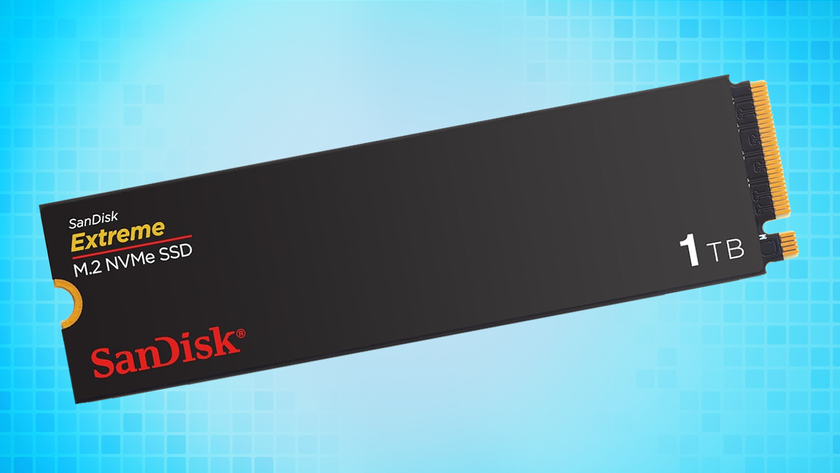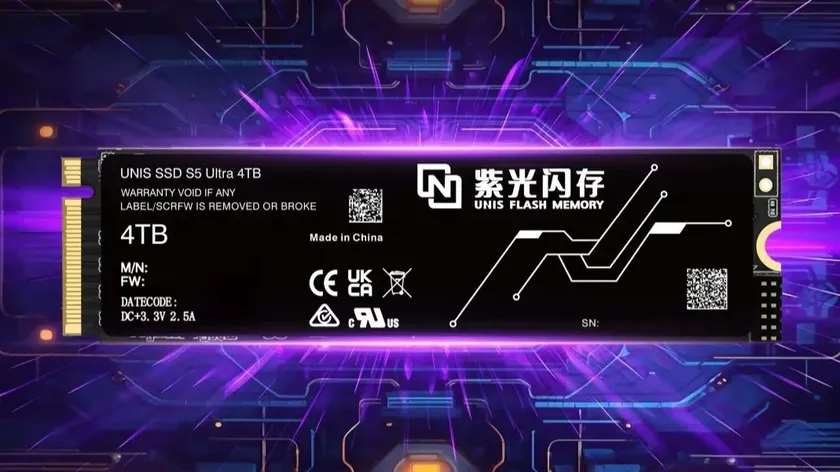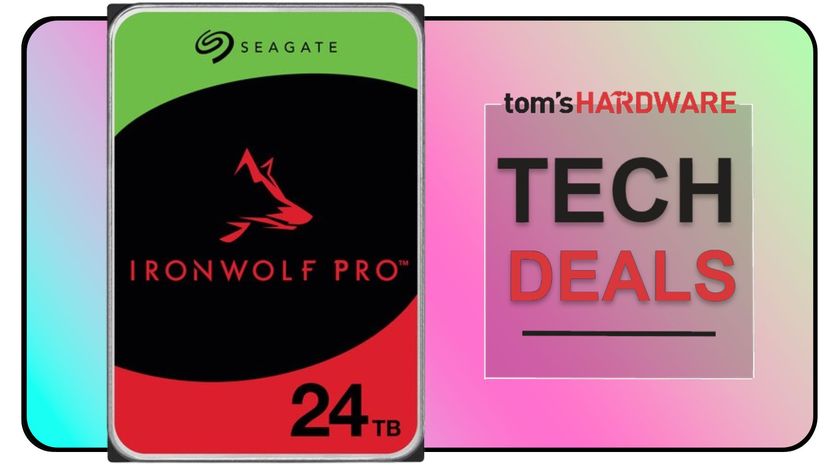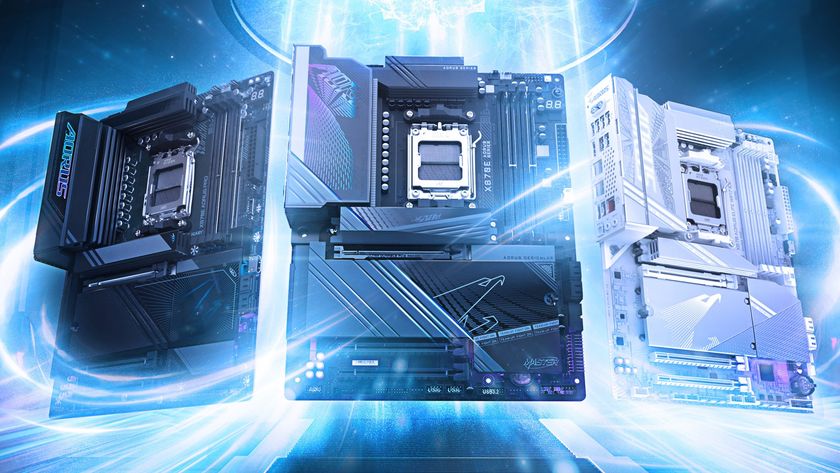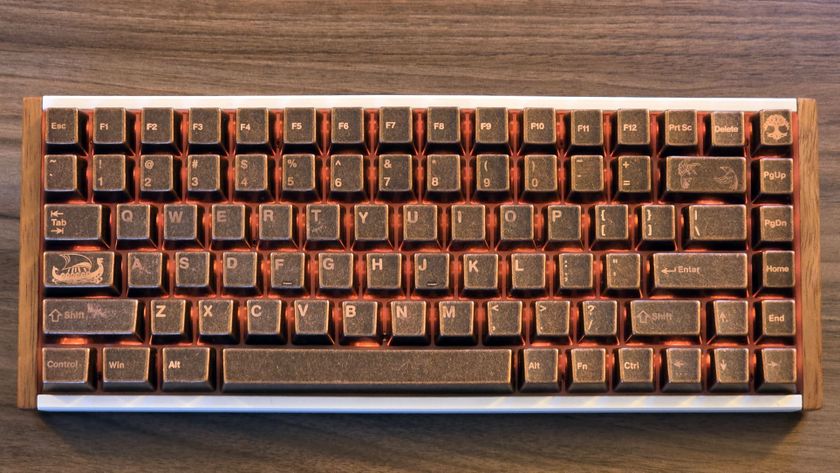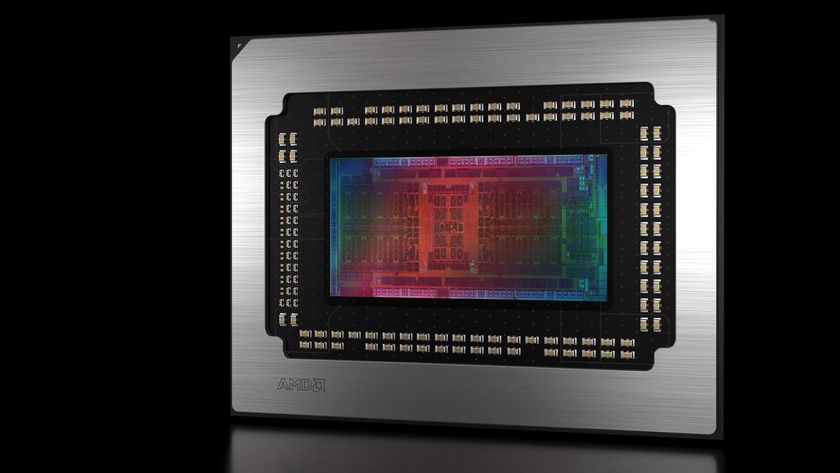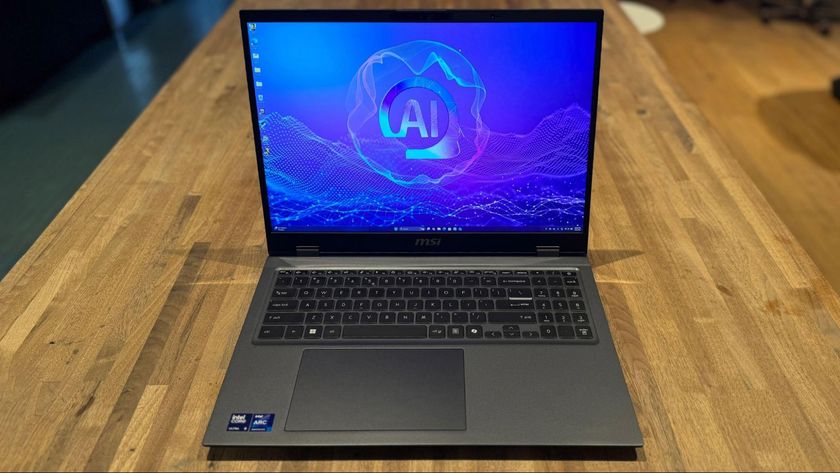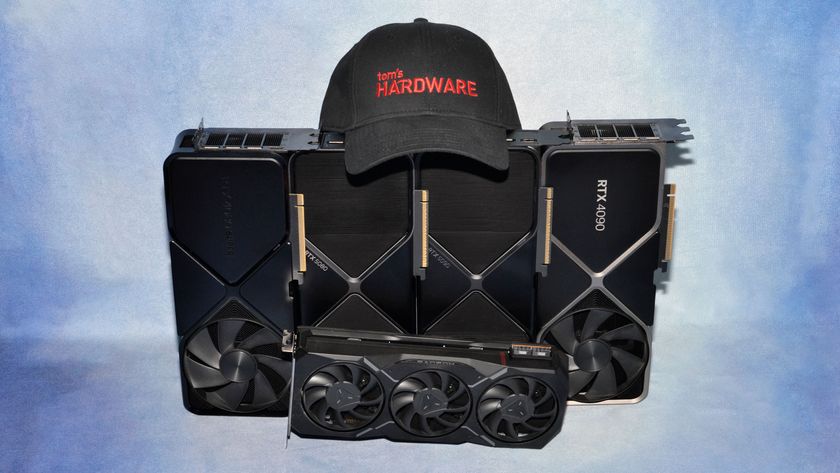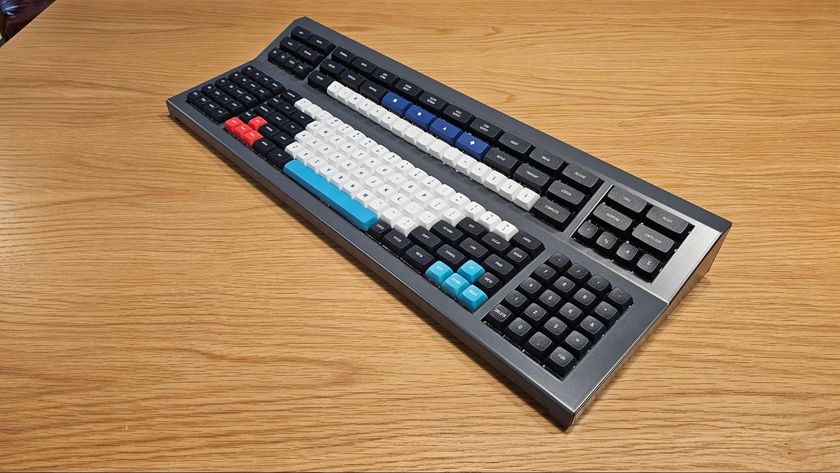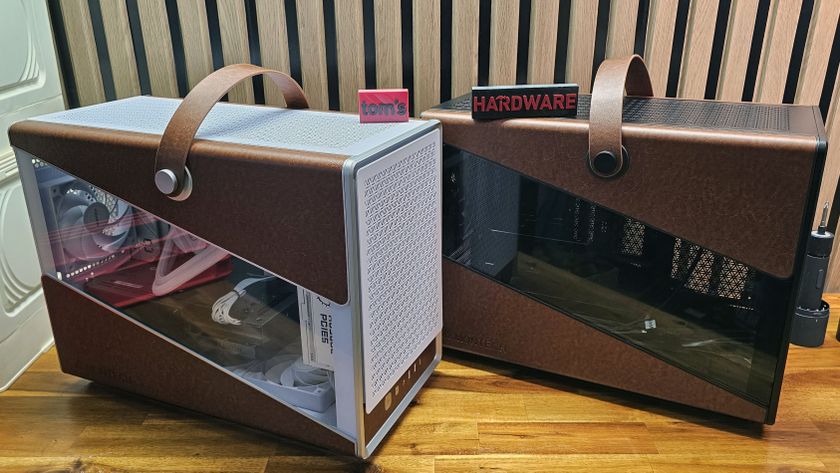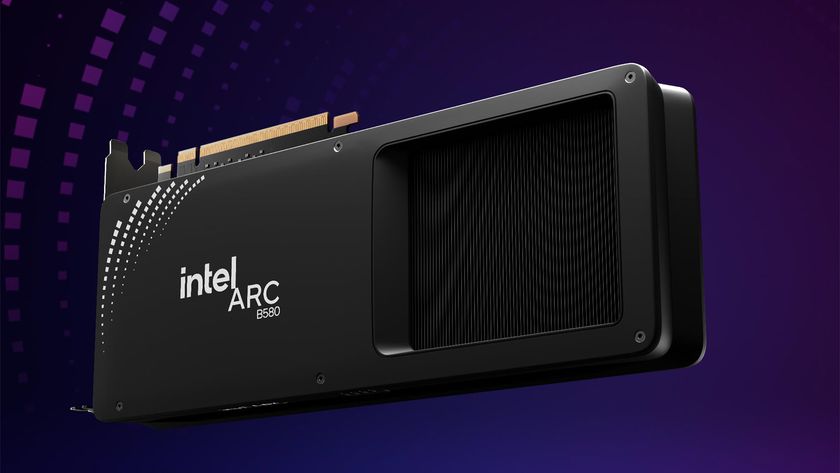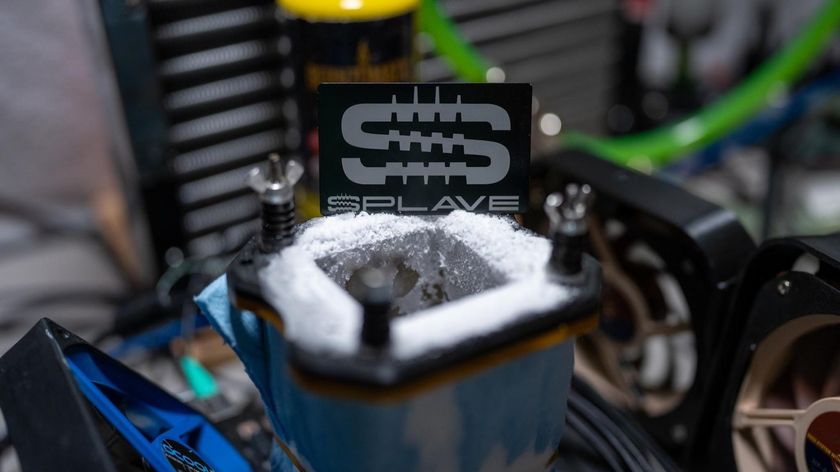Samsung 840 EVO SSD: Tested At 120, 250, 500, And 1000 GB
Last week, Samsung unveiled a successor to its wildly popular 840 at the company's Global SSD Summit in Seoul, South Korea. Stacked with a series of new features and 19 nm, three-bit-per-cell NAND, we benchmark four models and make a recommendation.
The Evolution Of Samsung As An SSD Giant
Imagine the following conversation between two Samsung executives:
"What are we going to do tonight?”. Suit number two replies, “The same thing we do every night. Try and take over the world.”
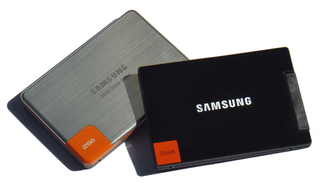
"Yeah, okay. How?"
"Branded memory products."
"Memory products? I'm sold. Let's do it."
And so that's what the company is doing. In an era where everything needs DRAM and NAND flash, the fabricator is king. If you’re the largest fabricator...well, you're halfway there. This is a target-rich environment, too. With SSD shipments still accelerating, it seems like any company could stay solvent selling solid-state storage. But that's just not the case. This market is dominated by the companies producing the NAND, and Samsung's biggest.
Working its way to the top of the SSD space didn't happen overnight, though. It took successive products offering strong performance, enough time to reassure folks that the drives are reliable, and ginormous quantities of flash.
Stay On the Cutting Edge: Get the Tom's Hardware Newsletter
Get Tom's Hardware's best news and in-depth reviews, straight to your inbox.
Samsung's first drives were a lot like other early SSDs. I call them proto-SSDs; they're the missing link between old-school flash-based storage and more modern architectures, which we were introduced to roughly around the time Intel launched its X25-M and -E. Before then, SSDs were sequential transfer machines, lacking a focus on the small-block random access agility we take for granted today. Some lacked native command queuing, the TRIM command was still a twinkle on the horizon, and many models employed the IDE interface with a SATA bridge. Samsung didn't join the new-school SSD business until 2010, despite its presence from the beginning, selling Jurassic-period drives to OEMs.
Once the company really started swinging its scepter at the desktop SSD market, its ascension was swift. The 470 was really Samsung's first foray into the über-competitive consumer space. It was fine in its own right, but was overshadowed by the flood of SandForce-based models (not to mention Intel's efforts). Then there was the 830, which did well among press and end users alike. Versions of the 830 became some of the first 6 Gb/s SSDs shipping in laptops, most notably those from Apple. Deserving praise was doled out liberally. Samsung had the ability to develop everything in-house, and the 830 showed off the significance of that advantage even more than the 470.
A year later, the company split its consumer offerings into two separate families: the 840 Pro and 840. They're similar in many ways, except the flagship 840 Pro sports Toggle-mode DDR flash. It's a great product, one of the fastest we've tested, and enthusiasts love it. But in the grand scheme of things, it's not as important as the 840, built from three-bit-per-cell NAND. Several companies claimed that drives with this memory technology were imminent well before the 840's launch. However, Samsung was the first to get it done. That wasn't the drive we were looking for, though. Absurdly low endurance ratings? Crazy high latency? No thanks. In fact, we weren't sure why the 840 made sense at the time. Back then, capacities were increasing and prices were dropping fast on the familiar MLC-based SSDs.
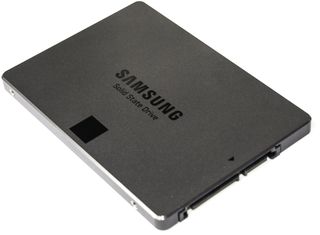
Getting that first TLC-based drive out there wasn't about selling drives at retail. Rather, it was about locking down the OEM sales that drive the SSD industry. Those OEMs sell a lot of volume and are super price-sensitive. Cutting a few bucks from a drive doesn't mean a ton to you or me, but dropping the bill of materials on a popular notebook is huge for a company like Apple or Dell.
And as it turned out, the 840 wasn’t a hopeless dog, either. It didn't die after 1000 P/E cycles, and it wasn't particularly slow. In fact, we have a drive that went a full 3207 P/E cycles before it cratered last December. I've seen similar results from others, so the endurance debate may be a red herring in consumer workloads. Write performance was modest, and read speeds exceeded most two-bit-per-cell competitors.
Overall, Samsung says the drive was about increasing adoption rates, and the company's plan seems to have worked. Representatives claim Samsung served up 2,524,699 840s already, good for an astounding 20% of the aftermarket. That means one out of every five SSDs sold through e-tailers since the launch was an 840. If that stat is true, it's amazing. How do you top such a thing?
Samsung's Next-Gen 840: The EVO
We're not sure if EVO stands for evolution or nothing specific at all. Regardless, the drive's inner workings, hidden under a new metal chassis, are definitely an improvement on the original 840 and not a ground-up redesign. To be fair, the 840 wasn't broken, so no fix was necessary. But with a tuned controller, 19 nm NAND, and a technology that Samsung calls Turbo Write, the end result is...different.
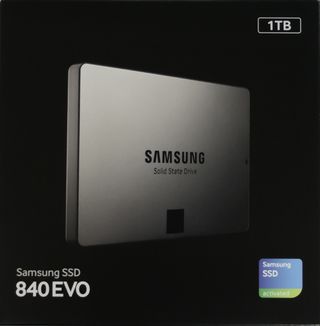
Five 840 EVO models are launching early August in most major markets. Switching from 21 nm, 64 Gb die to 19 nm, 128 Gb die allows the EVO to double in capacity. The old 840 topped out at 500 GB; the EVO maxes out at 1 TB. That gives us a line-up with 120, 250, 500, 750, and 1000 GB options. More capacity is always a good thing, particularly since Crucial's 960 GB M500 suffered poor availability after it launched. The 750 GB model is a little unusual, but we're down with that, too.
| Samsung 840 EVO | 120 GB | 250 GB | 500 GB | 750 GB | 1 TB |
|---|---|---|---|---|---|
| MSRP | $110 | $190 | $370 | $530 | $650 |
| Controller | 400 MHz Samsung MEX, three-core ARM Cortex-R4 | ||||
| NAND | 19 nm Samsung Toggle-mode NAND (400 Mb/s), three-bit-per-cell | ||||
| Form Factor/Interface | 2.5", 7 mm Z-height, SATA 6Gb/s | ||||
| Warranty | Three Years | ||||
| Seq. Read/Write (MB/s) | 540 / 410 | 540 / 520 | |||
| Rand. 4 KB Read QD 32 (IOPS) | 94,000 | 97,000 | 98,000 | 98,000 | 98,000 |
| Rand. 4 KB Write QD 32 (IOPS) | 35,000 | 66,000 | 90,000 | 90,000 | 90,000 |
| Rand. 4 KB Read QD 1 (IOPS) | 10,000 | 10,000 | 10,000 | 10,000 | 10,000 |
| Rand. 4 KB Write QD 1 (IOPS) | 33,000 | 33,000 | 33,000 | 33,000 | 33,000 |
| Die Count | 8 | 16 | 32 | 48 | 64 |
That's five EVO models, stretching from 120 GB to 1 TB. And they're shipping at the 840's price points, too. Samsung is really proud of this, though we'd frankly like to see three-bit-per-cell NAND on a smaller process pulling prices down instead of propping them up. In time, perhaps. Likely, the company is hoping that more performance and capabilities are what you'll focus on.
A new version of Samsung's management software, SSD Magician, will also roll out alongside the EVO, sweetening the deal with revamped cloning functionality and a feature called RAPID, which is host-side DRAM caching that works with Windows to push storage performance beyond the limitations of a 6 Gb/s SATA interface.
Speaking of speed-ups, check out those specs. If you're familiar with the original 840, then you see that the write performance is radically improved. How does Samsung achieve this? We'll dig deeper on the next page.
Current page: The Evolution Of Samsung As An SSD Giant
Next Page The 840 EVO's Bag Of New Tricks-
Someone Somewhere Surely it would make sense to compare it to the vanilla SSD840. Also, there's no 840 Pro in the power charts.Reply
While the 1TB drive coming down to ~65c/GB is nice, seeing the 120 GB drives get near there would be nice. Especially since this is meant to be the value king. -
drwho1 I have 2 840 pro 512 GB SSD's (1 on my notebook 1 on my PC)Reply
I got them on a sale on Newegg for around $500 for both of them. :)
A 1TB would be cool if I find it on sale....
or maybe I should try out writing a letter to someone fat in some weird red costume...
-
slomo4sho The performance gap between the 840 Evo and 840 Pro is discouraging for the lower capacity models. I understand that the Pro is the flagship product but I was expecting less of a gap in in the 120GB models since this is a newer generation product and the 840 Pro is still based on the 21nm MLC NAND. However, the 1TB model is is a great choice for mass SSD storage. Lets hope the prices drop below $0.50 per GB soon.Reply -
Someone Somewhere MLC is faster than TLC, and bigger node NAND is usually faster. Only reason to go smaller is price and power.Reply -
SteelCity1981 I wonder if samsung plans on releasing a pro evo series since the regular series evo is to replace the older non pro versions.Reply -
razor512 ripoff, high prices for triple level flash especially at 19mm, the lifespan will likely suck and their shortened warranty represents that.Reply -
master9716 Cost for performance = Very High . ofcourse its not going to perform like a Pro but for the cost im amazed its that much better than the Regular 840.Reply -
J_E_D_70 Glad this review also refutes the perception of low TLC write endurance in normal desktop workloads. Been using a 128GB 840 in a daily-use desktop for eight months now and the endurance counter hasn't decremented at all. I'll have replaced the entire rig long before it wears out.Reply -
JohnnyLucky Interesting review. I think the point to remember is that the 840 EVO is not a high end enthusiast ssd like the 840 Pro. Instead, consider the 840 EVO as a mainstream ssd suitable for most consumer and home office scenarios.Reply
